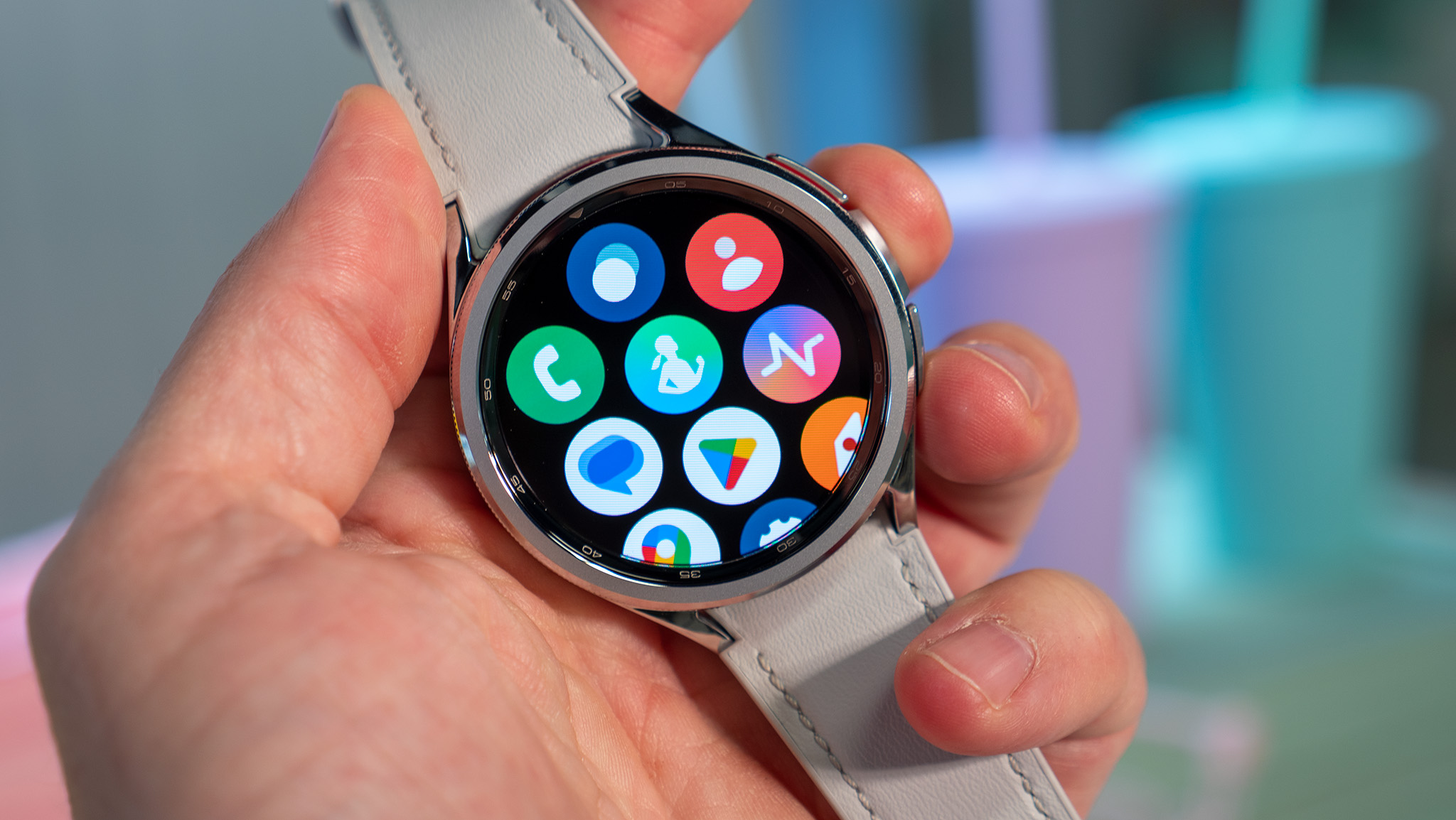
Last year, Samsung abandoned the physical rotating bezel that was its trademark since the original Galaxy Watch. Now, that "Classic" feature is back with the Galaxy Watch 6 series, and I can't gush enough about it.
Prior to the July Galaxy Unpacked event, I had the opportunity to fly to New York City to test out the Samsung Galaxy Watch 6 and Watch 6 Classic, as well as the company's new foldables and tablets. After wearing both watches, the Classic made the biggest impression, but I'm torn on which model to actually recommend.
The Galaxy Watch 6 is the more comfortable of the two, and its newly-enlarged display means you can happily buy the smaller 40mm case without a visual downgrade. But compared to the Galaxy Watch 5, the changes aren't exactly drastic.
Then you have the Classic: its rotating bezel is so natural and well-suited to Wear OS that it makes me want to ditch my Pixel Watch, but the overall design is much heavier than I expected.
Based on my brief Galaxy Watch 6 hands-on period, I'm confident the Samsung Galaxy Watch 6 will claim its place atop the best Android smartwatch marketplace. But there's plenty to talk about, both good and bad; let's dive into it!
Samsung Galaxy Watch 6: All about the bezel
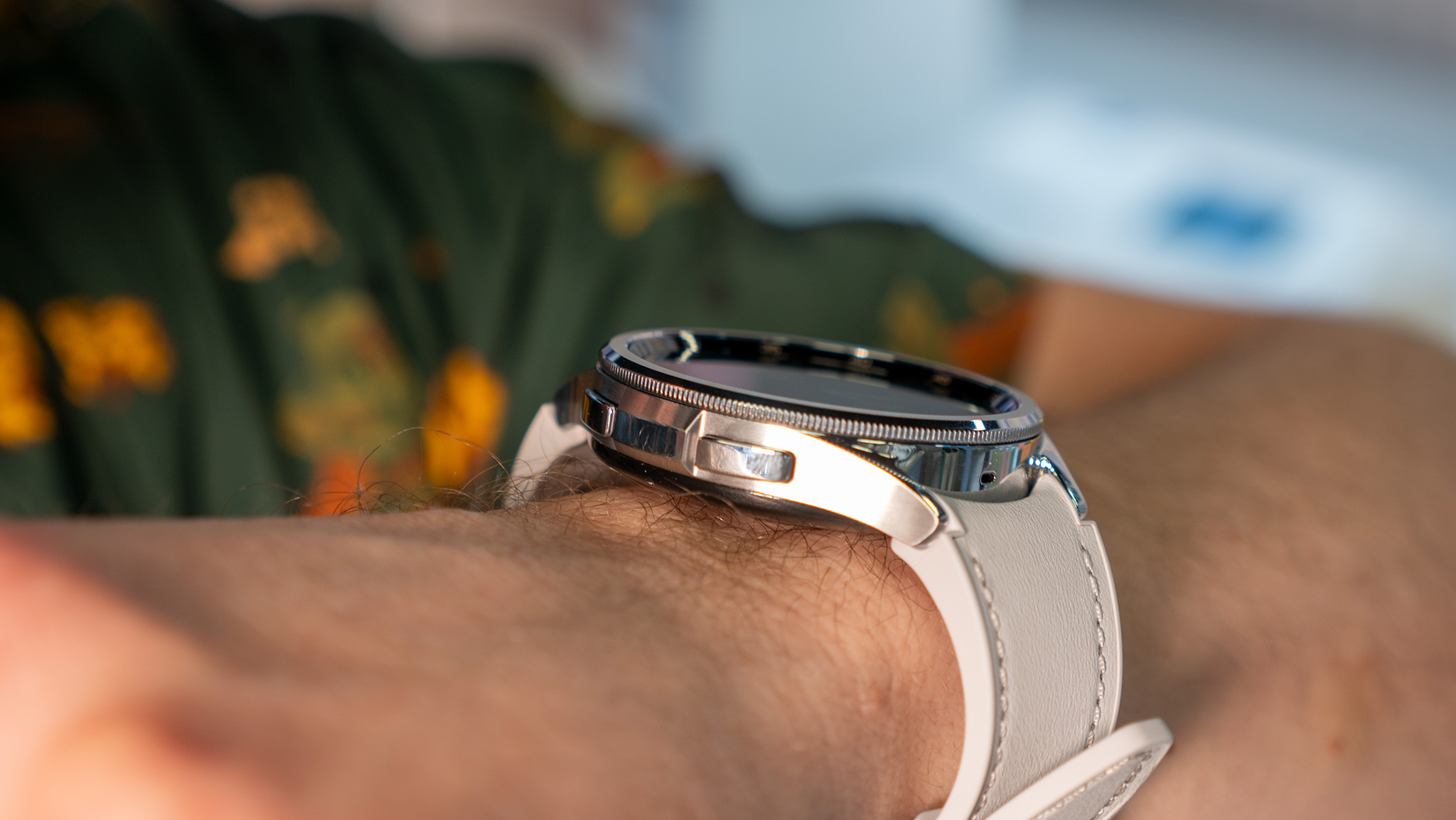
Samsung's capacitive touch bezel has always been a half-measure, added so Samsung could keep its Active 2 watch light without bezels or buttons, then imported to the Galaxy Watch 4 and 5. It works normally enough if you're stationary and careful, but it doesn't have the tactile feedback of a physical dial to tell you how far to turn, and your finger naturally blocks your view of the display.
So I was excited to give the Galaxy Watch 6 Classic's physical rotating bezel a spin. Samsung says it redesigned the watch to have a 15% thinner rotating bezel than the Watch 4 Classic, plus a 30% thinner display border than the Watch 5. You get either 1.3 or 1.5 inches of unblocked display space surrounded by a compact, stainless steel dial.
The Galaxy Watch 6 Classic's rotating bezel is a joy to use.
It fully lived up to my expectations. It gives the watch a stylish, upscale appearance, especially compared to the Galaxy Watch 5 Pro. And using it makes Wear OS a much more joyful experience, giving me more precision and speed while reducing the amount of smudges on the display.
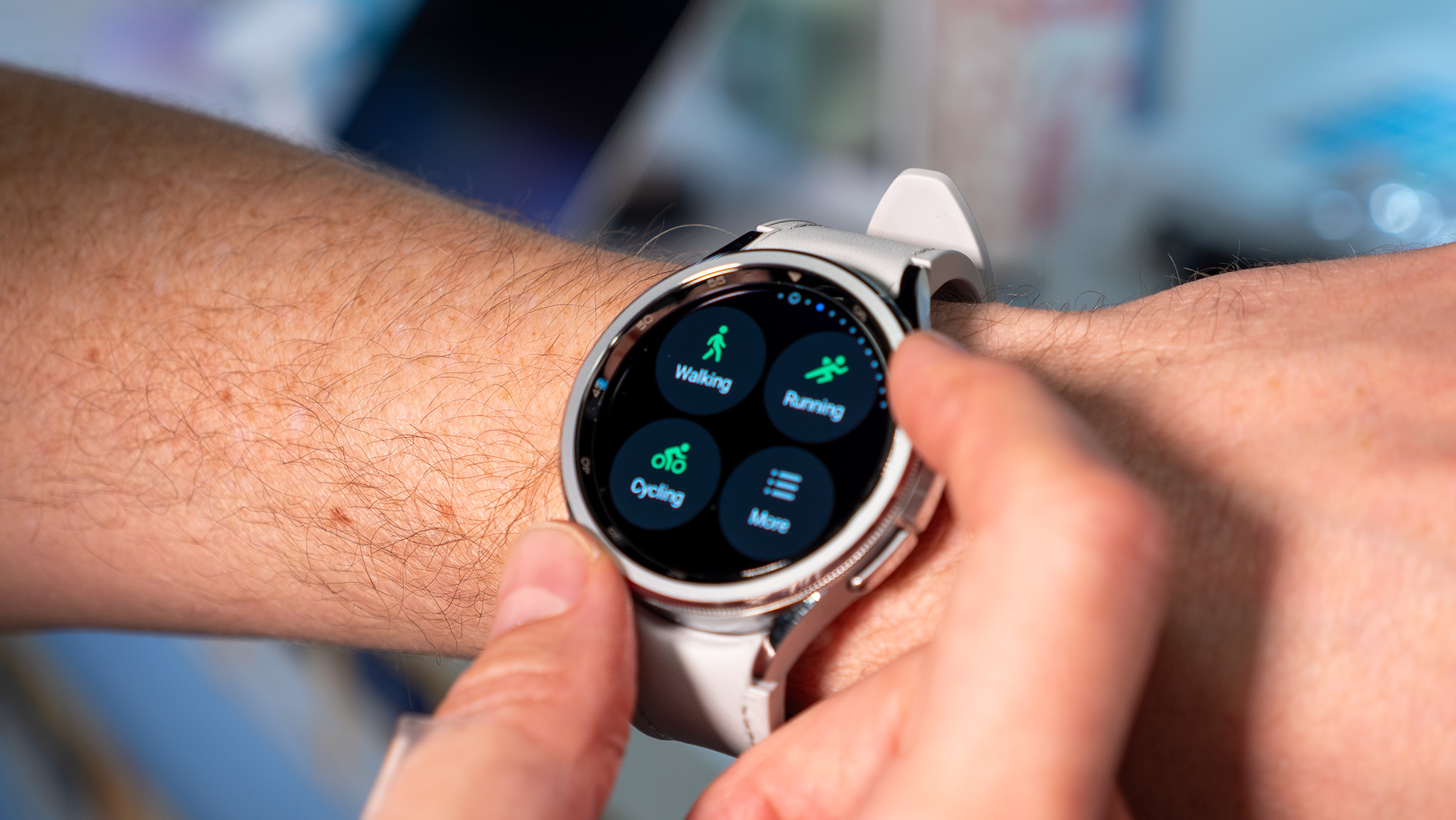
The main problem with the Galaxy Watch 6 Classic is how heavy it is, likely thanks to the stainless steel materials. Measuring 52g or 59g even before you add the strap, the Watch 6 Classic is 5–7g heavier than the Watch 4 Classic, or 23–26g heavier than the standard Watch 6. You're going to feel the weight on your wrist.
Ironically, I found the Classic's design more comfortable than the standard model, despite the weight gap. Without having more time to spend with both, I can't be sure why.
I will say that the Classic is built for larger wrists and that I don't think anyone needs the 47mm watch, nor the 44mm Watch 6. They're just too big for most people. The 1.3-inch Classic has the display space you need and is already more than heavy enough, so I'd suggest choosing the "smaller" watch if you decide to pre-order the Watch 6. If you think you need a 1.5-inch display, look at the Galaxy Watch 6 before the Classic.
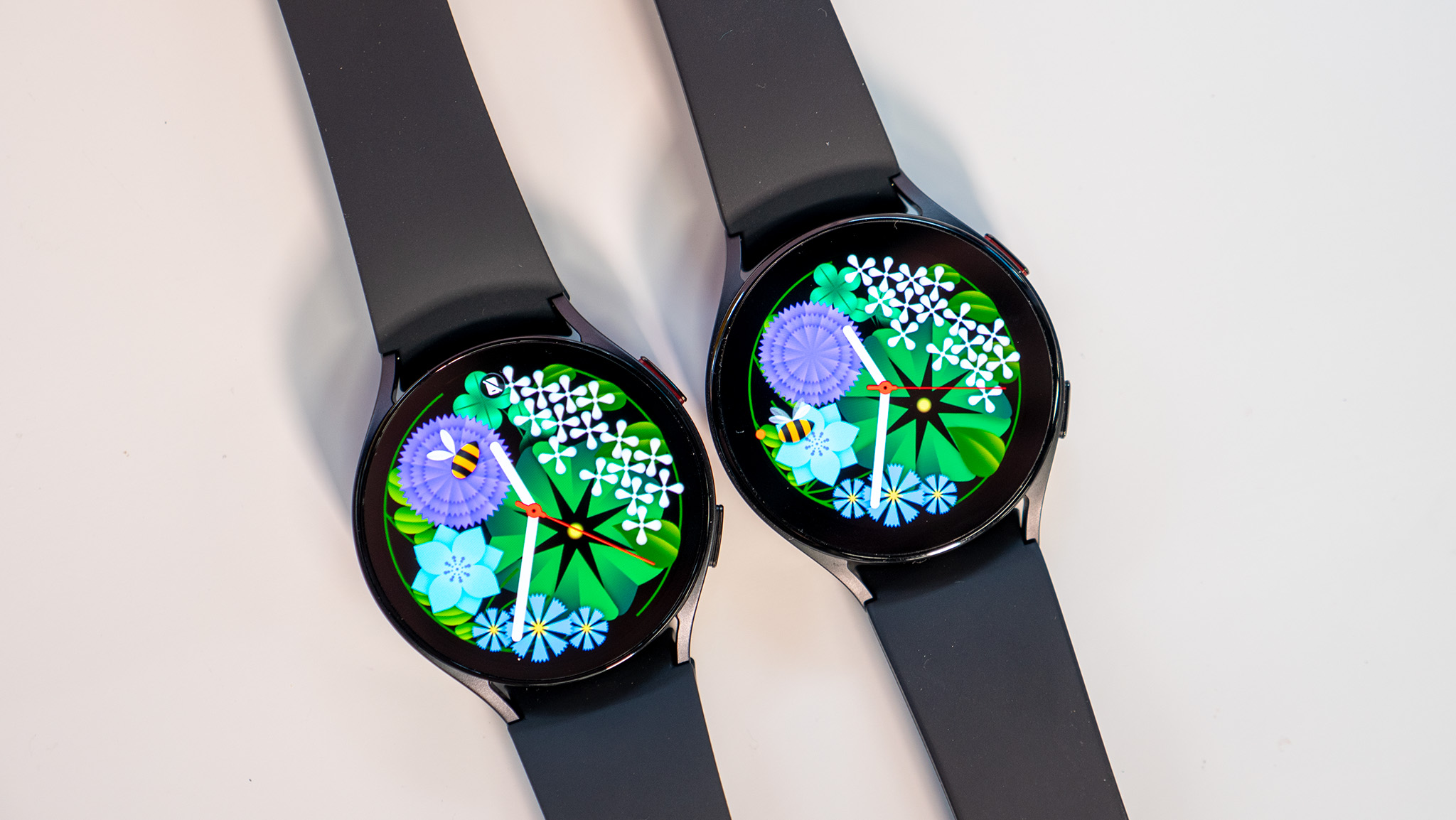
The Galaxy Watch 6 sticks with an aluminum build and capacitive touch bezel, keeping it light and skinny. The design is mostly unchanged from the Galaxy Watch 5, but you immediately notice how skinny the border around the display is now. It's the polar opposite of the Pixel Watch display, maximizing the visual space with a rigid border.
The plus to this redesign is that you can get a normal 1.3-inch display at the same size, if not slightly smaller than the 1.2-inch Watch 5. The downside is that there's less dedicated space for the capacitive touch bezel, making you feel like you're gliding lightly around the edge.
As a final design point, I'm a fan of the new quick-release bands. I still prefer the Pixel Watch's bands for ease, but these are a happy medium between proprietary "easy" button bands and more universal options.
Samsung Galaxy Watch 6 specs: One step forward, one step back
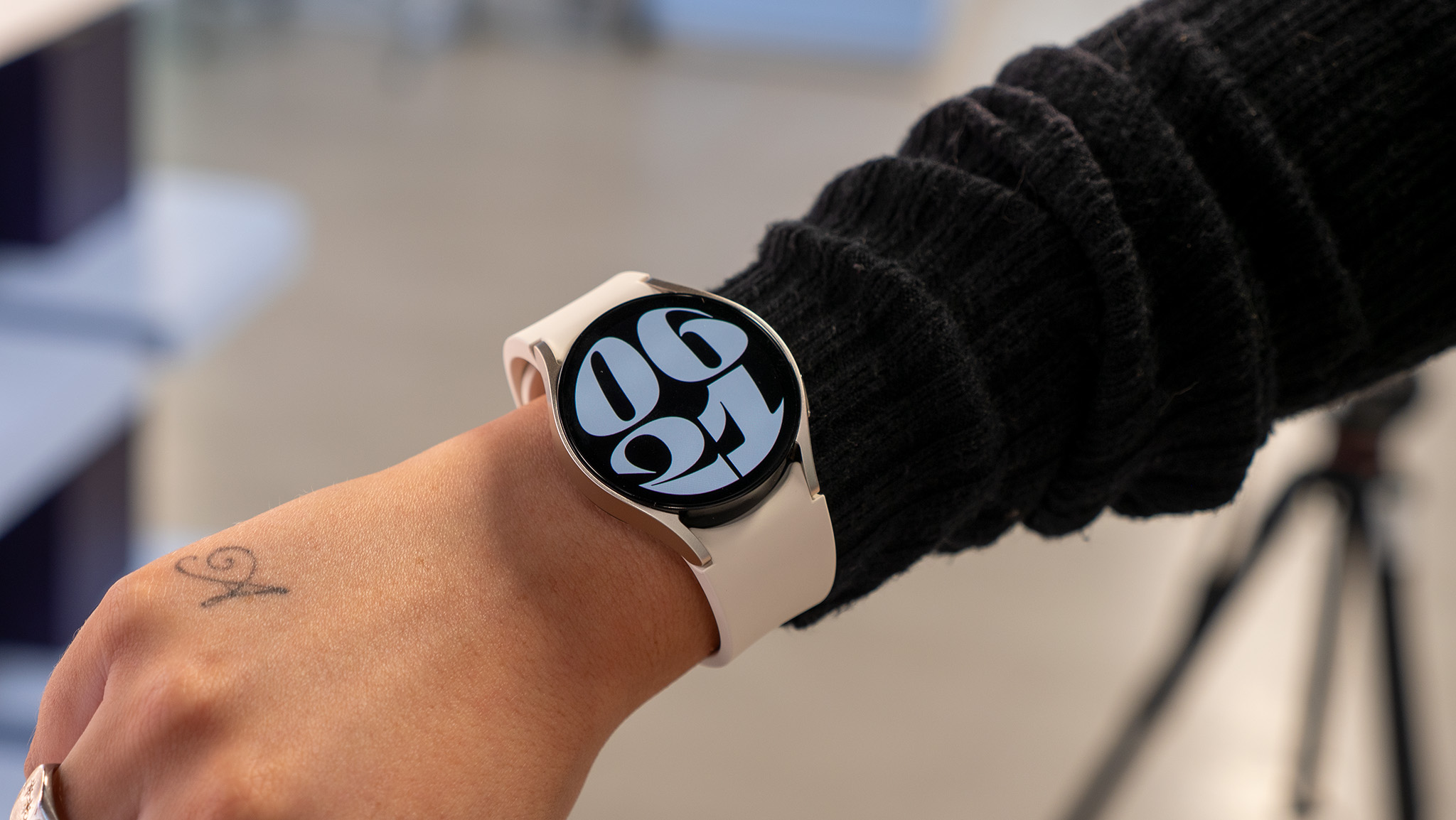
If you already own the Galaxy Watch 4 or 5, and you're not interested in the rotating bezel, your main question is probably this: "Is it different enough to be worth buying?"
The spec sheet shows a few key differences over previous generations. After two years with the Exynos W920, you inch up to the Exynos W930, another dual-core 5nm chip that gives you a slightly higher clock speed (1.4GHz instead of 1.18GHz). More importantly, you now get 2GB of RAM, the same as the Pixel Watch.
Unfortunately, the storage remains unchanged at 16GB, while competitors like the Apple Watch and Pixel Watch offer 32GB. Nor do you get any new health sensors, and most other stats besides the larger displays remain the same.
We don't have the exact pixel-per-inch data, but we believe it's the same 330ppi as the last two generations. Visually, the Watch 6 looks exactly the same, both in resolution and brightness. You just benefit from the slimmer bezel.
In the same way, I couldn't tell any immediate difference between the two watches in performance. I did notice that certain tasks — like pulling up the multitasking/recent window — were instantaneous when I double-tapped the top button. I'm certainly happy with its speed thus far. But the performance gap between annual watch releases isn't as wide as it is for flagship phones.
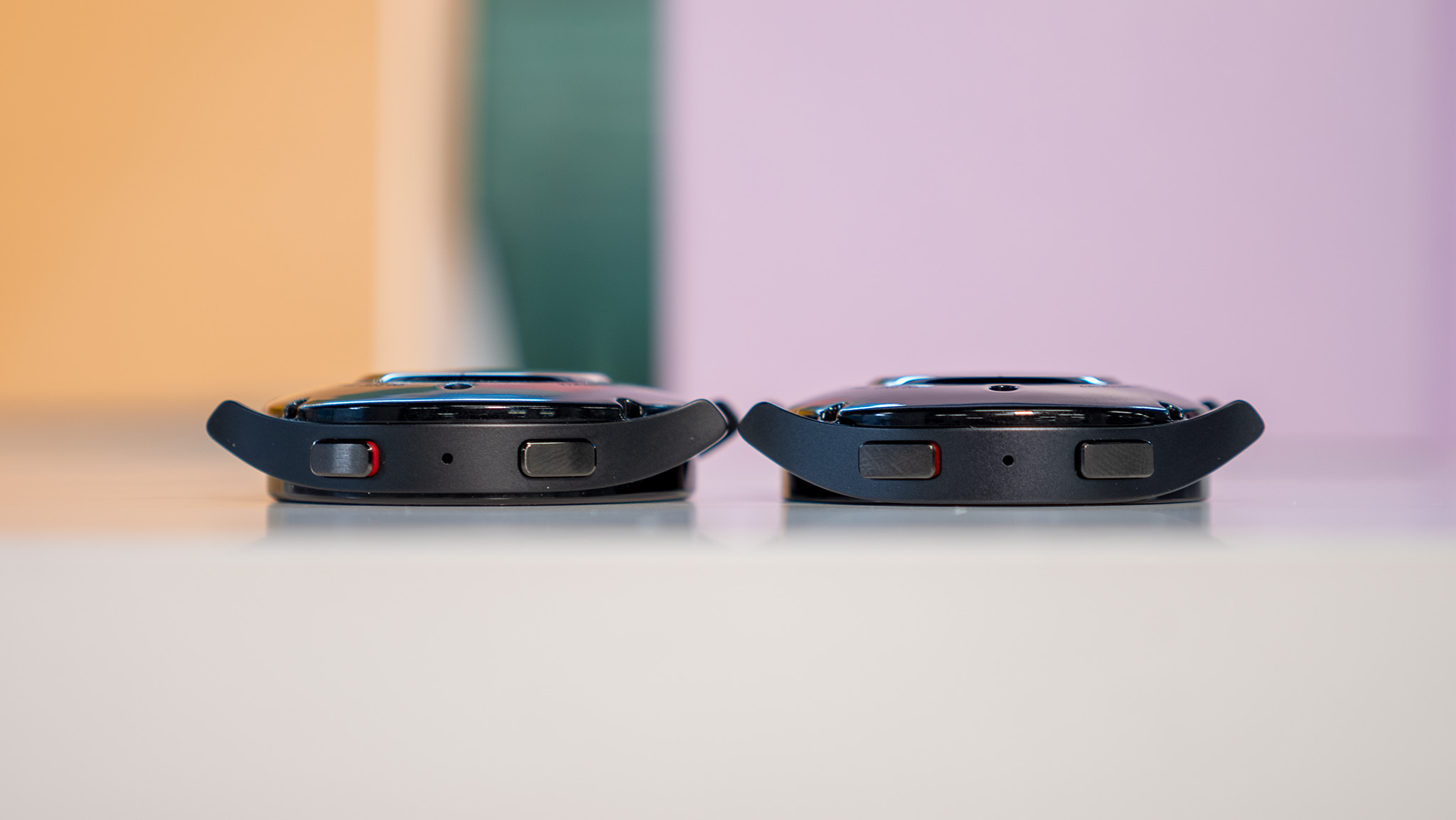
Samsung claims the Galaxy Watch is 9mm thick, "measured without health sensors." It's the same absurd trickery it pulled last year with the "9.8mm" Watch 5 since you can't remove the health sensors on a watch, so what does it matter if it's thinner without them?
Suspecting Samsung would pull this move again, I brought a measurement tool to the hands-on event. The Watch 5 is actually about 13mm, while the Watch 6 is about 1mm shorter because the glass is now flush with the sides. I'd need calipers to be exact, but it's probably slightly above 12mm thick, making it decently skinny.
The Galaxy Watch 6's near-instantaneous performance has a trade-off: shorter battery life than the Watch 5.
Where the Galaxy Watch took a step back is in battery life. Samsung says both watches last 40 hours, or 30 hours with Always-on Display (AOD) active. That's the same estimate as the Galaxy Watch 4 series and 10 hours less than the Galaxy Watch 5 estimate — despite the fact that its battery capacity is larger than ever.
This isn't a surprise since more RAM and a higher clock speed — coupled with larger displays — were always going to burn through more battery than before. Since the Galaxy Watch 5 never lived up to its estimates, I'm fairly certain the Galaxy Watch 6 won't, either. Either that or Samsung was just more honest with its battery estimates this time around.
My hands-on time didn't give me enough time to possibly check, but until we review it, I assume this watch will require daily charges. Our Watch 5 review noted that it sometimes died in the midst of sleep tracking if you used it actively all day, so you may need to top off the Watch 6 before bed, too.
Plus, the Galaxy Watch 6 Classic doesn't have the same battery benefit as the 80-hour Watch 5 Pro.
Thankfully, the Galaxy Watch 6 does have the same ultra-speedy 10W wireless charging as before, so you should be able to get close to 100% recharge in just an hour.
Samsung Galaxy Watch 6: Software odds and ends
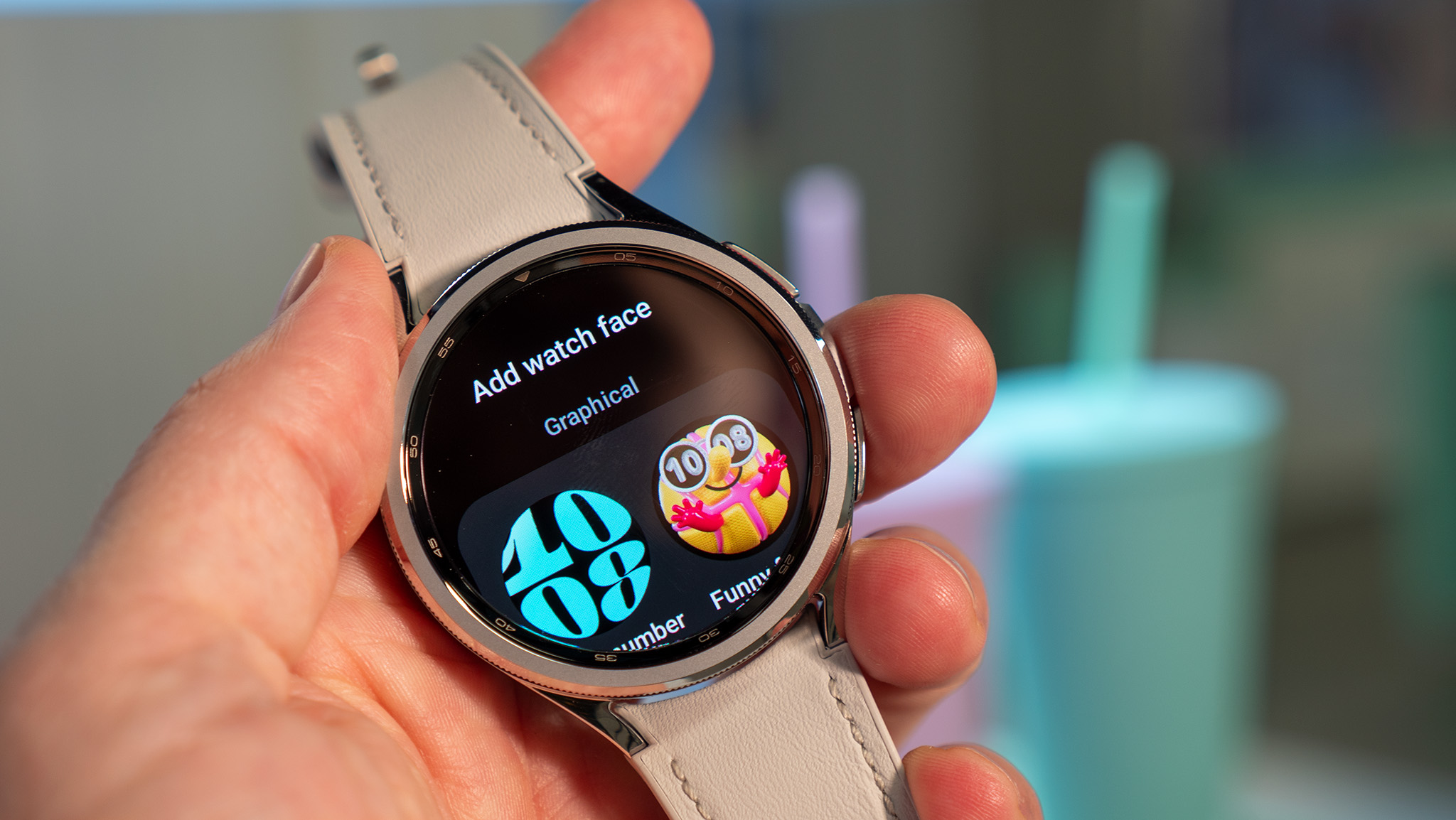
I tested the Galaxy Watch 6 running One UI 5 Watch, and so far, I'm a fan of it. There were some tweaks to it that made it feel more like Wear OS and less like a Samsung-specific UI.
For example, I appreciate the new vertical scrolling menu for changing watch faces, something I noticed in other sub-menus. I also noticed that the brightness slider is now a half-moon instead of a circle. It seemed like a funny change to me at first, but I realized that it's much easier to adjust it than it was before.
One UI 5 Watch looks great, but we'll need a full review to test features like custom heart rate zones and improved sleep tracking.
Other new features will take a full review to test, like its new Sleep Score Factors analyzing your total sleep time, cycles, awake time, consistency, and recovery. No time for a power nap with so many devices to test!
Samsung is also putting a major emphasis on better fitness tracking this time around, with personalized heart rate zones and custom workouts. And although the health sensors haven't changed, Samsung did add passive irregular heart rhythm (AFib) notifications for the first time.
Just like the Watch 5 will receive four years of support, the Galaxy Watch 6 should receive updates through 2027. That means that the Galaxy Watch 5 will get most of these same tricksf but that the Galaxy Watch 6 has even more tricks in store.
If you own the Galaxy Watch 5, the Galaxy Watch 6 is a definite improvement, but not different enough for me to recommend an upgrade if you're paying full price. I will recommend switching to the Galaxy Watch 6 Classic, but only if you can stand the extra weight.
Otherwise, anyone switching from a different brand or older Samsung watch can happily make do with the Galaxy Watch 6. Even if it's not a huge switch, that's okay: we didn't want Samsung to stray too far from its winning formula.
The Samsung Galaxy Watch 6 and Watch 6 Classic are available for pre-order now. The Watch 6 costs $300 or $330, depending on your choice of size, $20 more than the Watch 5 series. Or, you can add $100 to either price to get the Galaxy Watch 6 Classic and its lovely spinning bezel.
If you pre-order the Galaxy Watch 6 from Samsung, you'll get a free Fabric band; and you can trade in a device for up to $250 off, meaning you could pay as little as $50 for one. Plus, if you order it with other new Galaxy devices, you may see even bigger discounts.
And remember, I didn't just check out the Galaxy Watch 6! You can check out my hands-on guides on the Galaxy Z Flip 5, Galaxy Z Fold 5, and Galaxy Tab S9 too.
The Galaxy Watch 6 takes the template that made its predecessor so popular and tweaks it in several positive ways. More powerful under the surface, the Watch 6 has more display space than ever, too. And the Watch 6 Classic brings back the beloved rotating bezel that made its watches so popular to begin with.







